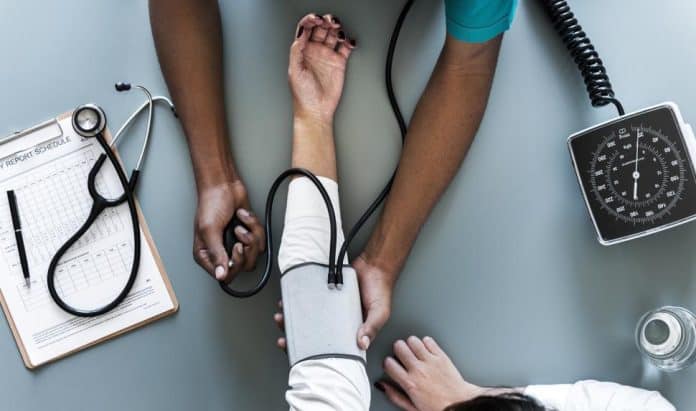Remote patient monitoring—a technology altering patient and provider interaction—has witnessed a notable movement in healthcare in recent years. Demand for remote patient monitoring exploded in 2020, during the height of the COVID-19 epidemic, and has only been more so since. Remote monitoring became a solution that may relieve the pressure on healthcare workers while keeping patients safe at home as hospitals and clinics battled overflowing systems.
Remote Patient Monitoring in a Nutshell
Remote patient monitoring is the electronic transmission of health data gathered from one site by digital technologies to healthcare providers located elsewhere for assessment and suggestions. Not only are chronic diseases covered by this technology; it is also being used to track patients recovering from surgery, those with acute illnesses, and even healthy people who wish to check their vitals.
Advantages for providers and patients
Remote patient monitoring allows one to close the distance between in-person visits and complete health independence. For patients, it provides the solace of getting first-rate treatment without many doctor’s office visits. Imagine controlling your diabetes, heart disease, even excessive blood pressure right from your house. Real-time data gathered by devices including wearable heart monitors, glucose meters, and blood pressure monitors presents a clear picture of your health to you and your healthcare professional.
Additionally benefiting are healthcare professionals. Constant data access helps clinicians make more wise decisions. Early identification of possible problems resulting from this continuous observation helps to lower the necessity for emergency measures. Real-time data allows providers to swiftly modify treatment plans, therefore guaranteeing the most efficient treatment available.
Actual Uses
Think about how remote patient monitoring is changing management of chronic conditions. Patients with chronic obstructive pulmonary disease (COPD), for example, who used remote monitoring systems had less hospital visits. These patients were encouraged to discuss their symptoms and daily check-ins let doctors act before a full-fledged crisis developed.
Post-operative care is another area remote patient monitoring is transforming. Following significant surgery, you won’t have to keep returning to the hospital for follow-up visits. Devices let your doctor know when your vitals show any indicators of difficulties, therefore lowering the possibility of readmission and enabling more comfortable home recovery.
Difficulties and Reference
Remote patient monitoring has several difficulties even if it has benefits. Making sure patients—especially elderly persons—have the technical knowledge and access to the required tools presents one of the toughest challenges. These patients need training and encouragement if they are to feel competent in using monitoring devices.
Two further issues are privacy and data security. Data breaches always exist given the ongoing flow of health information. Choosing a healthcare provider that gives cybersecurity top priority in their remote patient monitoring systems can help you to be sure that your personal health records are safeguarded.
Remote Patient Monitoring: Future Prospect
Remote patient monitoring looks to be positive going forward. As artificial intelligence and machine learning develop, these systems will get even more complex and provide predictive analytics that might spot possible medical problems before they show up. Imagine a system that not only monitors your present health but also, given your lifestyle and medical history, forecasts future hazards.
Remote patient monitoring represents a basic change in the delivery of healthcare, not only a fad. Remote patient monitoring provides a customized, proactive approach to treatment that is here to stay whether your goal is to simply preserve your health or manage a chronic illness.
























